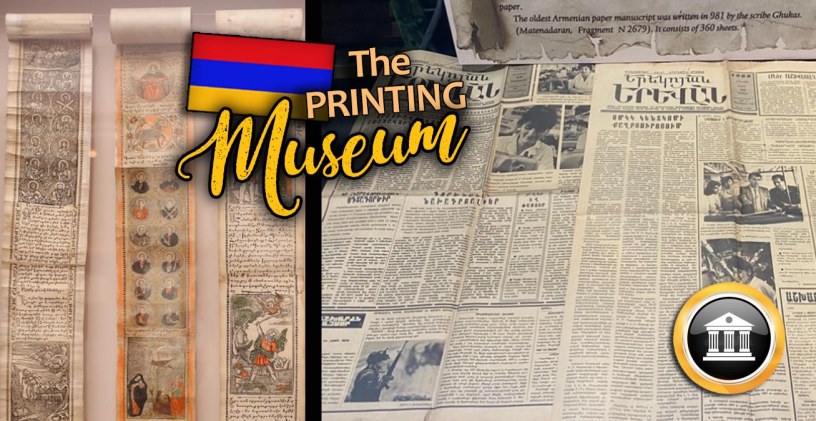Youtube video:
ABOUT THE MUSEUM
The Printing museum was established to introduce prominent Armenian printers and to present the evolution of Armenian printing in different parts of the world.
The museum is in the Armenian National Library which is the largest cache of Armenian printed material. The collection includes exhibits on antique books, history of Armenian printing, printing equipment, clichés, printing machines. The museum show cases the first printed Armenian works. The first book Urbatagirq (Friday book), which was published in Venice in 1512. The first Armenian Bible was published in Amsterdam in 1666-1668, the first Armenian printed map “Large World Map” was published in Amsterdam in 1695, the first Armenian periodical Azdarar (The Monitor Monthly) was published in 1794-96 in Madras

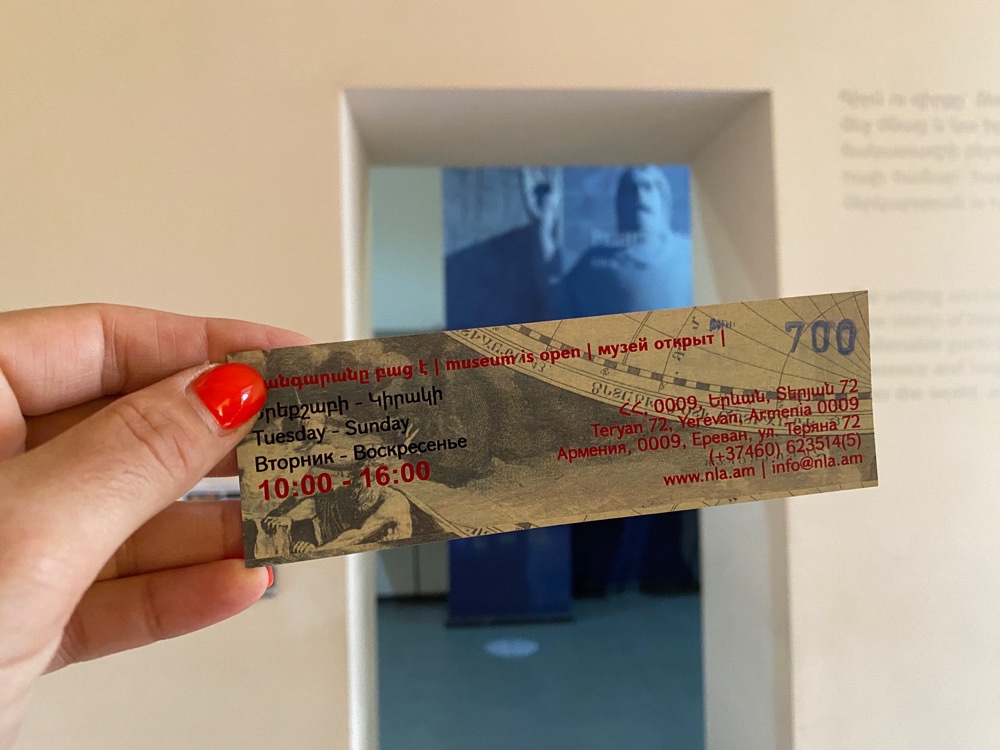
The Museum of Printing location : Teryan 72, Yerevan, Armenia
https://maps.app.goo.gl/1s88L1yw5u7ZA3aeA?g_st=ic
Entry cost : 700 dram

9th BC Urartu used cuneiform script borrowed from the Assyrians read left to right

Aramaic was used in Armenia in parallel with the Greek language for a long time – it was the official language until Armenian replaced it

After the invasions of Alexander the great from 3rd C BC Greek was the spoken language

The Armenian Alphabet
Mesrop Mashtots (362-440) – born Hatsekats / died in Vagharshapat / buried in Oshakan
Born 362 village of hatsekats initiated the development of the Armenian alphabet – he was a social figure, a preacher, preacher of Christianity was fluent in Greek, Persian, Syrian, and Georgian

He was a military man, then served as a palace scribe, a clergyman and then later preached Christianity to his pupils in Vaspurakan
405 he finished creating the Armenian letters, he arranged them in accordance with the Greek alphabet – he created 36 letters
A large network of schools was founded and later enormous translations and cultural work was carried out to translate the Bible and major christian literature and rituals in the new Armenian language
Due to this fundamental program, Christianity was adopted as state religion in 301

HMAILNER
These are Amulets in scrolls – a collection of spells have been hand painted and printed and are objects prepared with “magic” prayers aimed to stop the holders from misfortunes – they were kept by the owners in little leather boxes
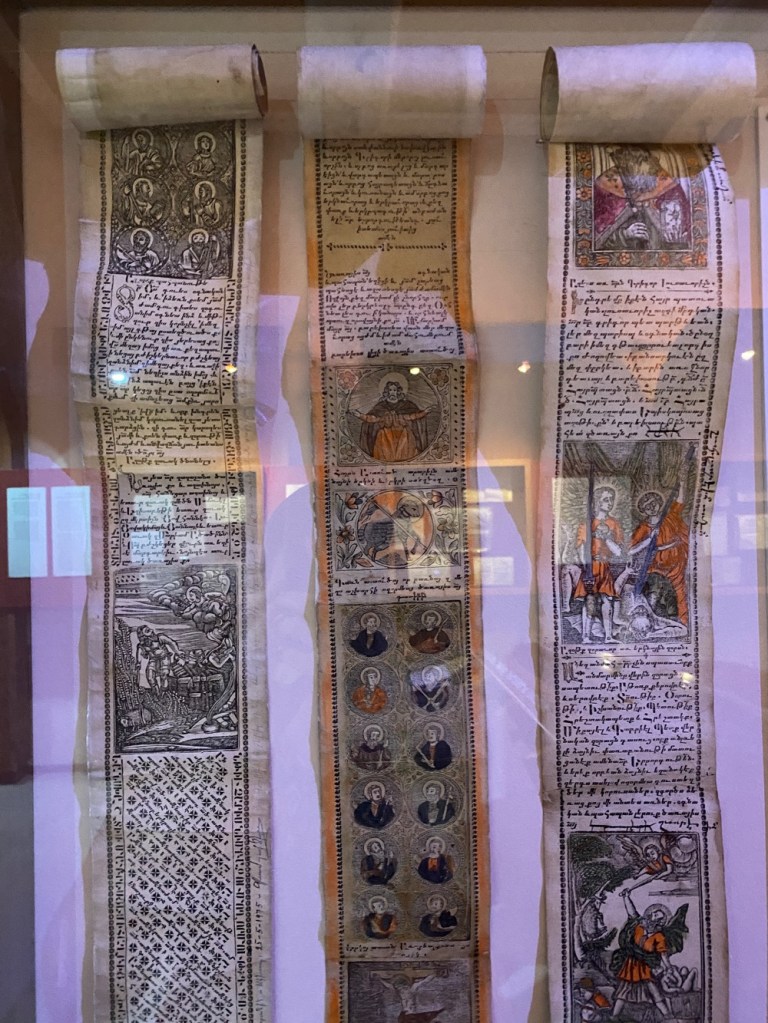
ARMENIAN MONEY
Coins were widespread since start of the Helleniatic period (4th C BC) due to international trade
Armenian coins were in circulation during the reign of Tigran the Great (95-55BC)
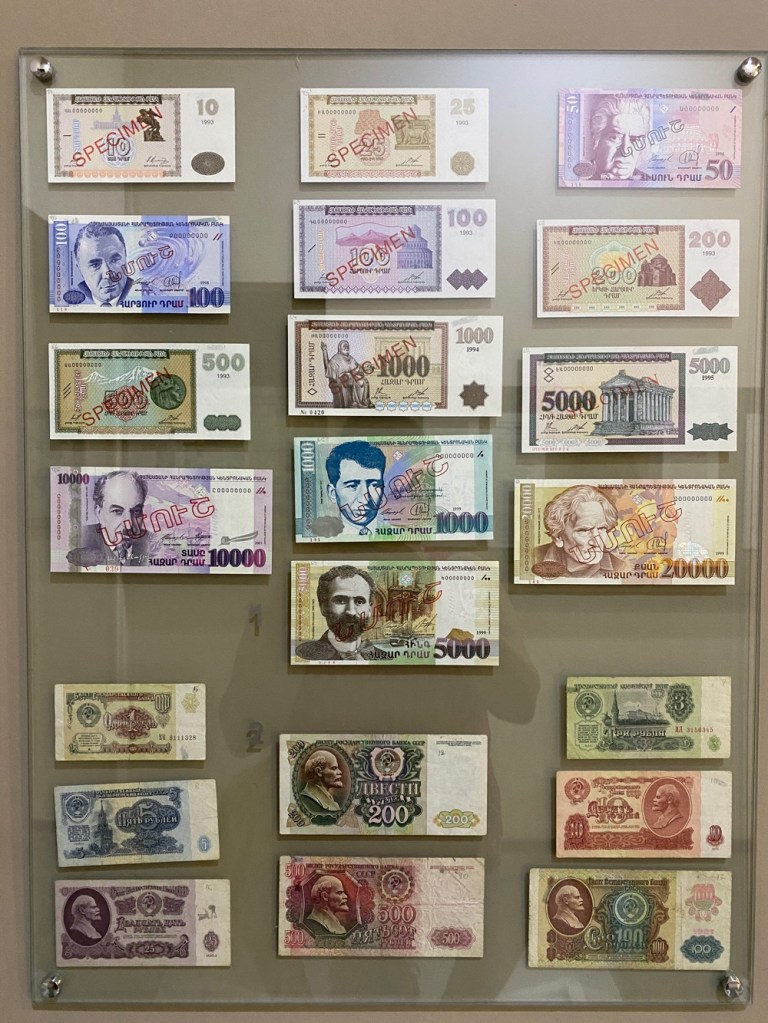
In 1918 banknotes and coins were put into circulation and May 28 1928 Armenia declared itself an independent republic
In 1919 Yerevan state bank checks were issued
After the establishment of Soviet rule, the Soviet Socialist Republic of Armenia banknotes were put into circulation in 1921
In 1991 with declaration of independence of the RA a national currency emerged called the “Dram”

Back then there was so much effort and love put into the printing and creating of books
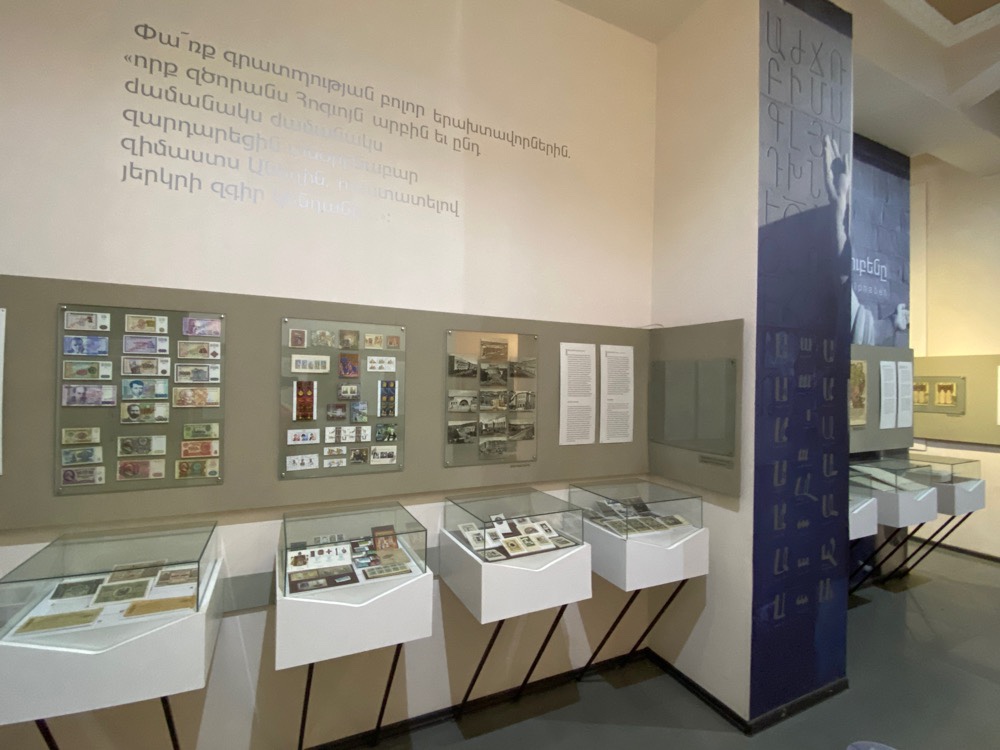
The museum was set out in an easy to read and follow layout with a lot of great reading material and information, and in English too

